Industry information
Company News
- Aluminum curtain wall: the fashionable new favorite of urban architecture
- Honeycomb aluminum plate: the secret power behind lightness
- The secret of aluminum honeycomb panel: as light as a feather, as solid as a rock
- The secret of aluminum honeycomb panel: the mystery behind its lightness
- 2. Customized aluminum veneer, making the home more stylish. 3 Personalized aluminum veneer, new home style
Industry dynamics
- Outdoor stone patterned aluminum veneer gives the building a unique charm
- Aluminum curtain wall: the fashionable coat of modern architecture
- Punched aluminum veneer adds a unique style to buildings
- The aesthetic charm of aluminum veneer decoration on the exterior wall of the doorway
- Aluminum curtain wall, the bright new clothes of modern architecture
Frequently asked questions
- Can aluminum veneer achieve customized design?
- Can the insulation function of aluminum veneer solve the structural problems of buildings?
- Is the surface treatment of aluminum veneer durable?
- How can aluminum veneer improve the appearance of buildings?
- Can aluminum veneer be used in the design of building arch bridges?
contact us
Mobile:+86 15627778610
Email: 2201229786
Address: No. 5 Binjiang Road, High tech Zone, Zhaoqing City, Guangdong Province
Polishing process of 2.5mm aluminum veneer
- Author: Lesilong Technology (Guangdong) Co., Ltd
- Release time: 2022-03-18 17:35:32
- Click:0
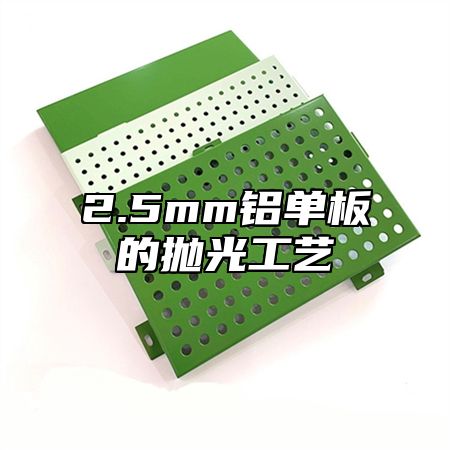
With the development of the architectural decoration industry, the thickness of 2.5mmAluminum veneerThe application is becoming increasingly widespread. In addition to conventional surface treatment methods, polishing technology has also become one of the commonly used surface treatment methods. The polishing process of 2.5mm thick aluminum veneer will be detailed below.
1、 Principles of Polishing Process
Polishing process is a technique that uses abrasives and grinding tools to grind and polish the surface of aluminum veneer. In the polishing process of 2.5mm thick aluminum veneer, it is necessary to first prepare a grinding machine with abrasives and grinding tools, and then install the machine on the surface of the substrate to grind and polish the surface of the aluminum veneer through rotation and pressure, ultimately forming the desired decorative effect.
2、 Polishing process flow
1. Prepare the grinder: Design and manufacture according to the needs to ensure the quality and specification matching of abrasives and grinding tools.
2. Cleaning the substrate: Use appropriate cleaning agents to clean the substrate to remove surface dirt and grease.
3. Install the grinder: Install the prepared grinder on the surface of the substrate, ensuring that the position and direction are correct.
4. Polishing: Grind and polish the surface of aluminum veneer by rotation and pressure until the desired decorative effect is achieved.
5. Follow up processing: Perform subsequent processing as needed, such as polishing, drying, etc., to enhance the decorative effect.
3、 Precautions
When polishing 2.5mm thick aluminum veneer, the following points should be noted:
1. It is necessary to choose and match according to actual needs and usage environment to ensure that the decorative effect meets the expected requirements.
2. When selecting materials and processing, attention should be paid to the matching of quality and specifications to avoid situations where problems cannot be solved.
3. During the construction process, it is necessary to pay attention to the implementation of safety protection measures to prevent accidental injury accidents.
4、 Summary
The polishing process of 2.5mm thick aluminum veneer is one of the important factors affecting its application effect. During the polishing process, it is necessary to pay attention to the preparation work, correct selection and matching of materials, and strict quality inspection to ensure that the product meets the expected requirements. At the same time, it can also be reasonably matched and used according to market demand and aesthetic standards to enhance the beauty and added value of the product.


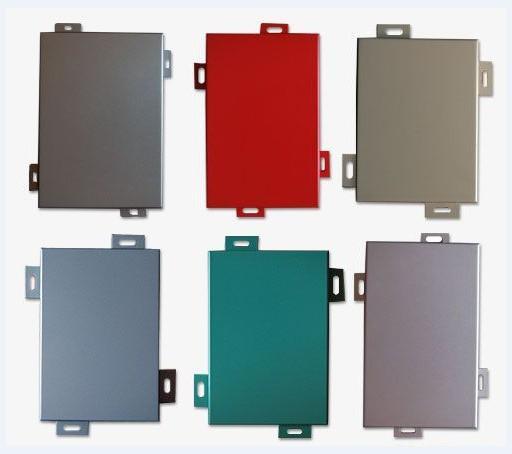
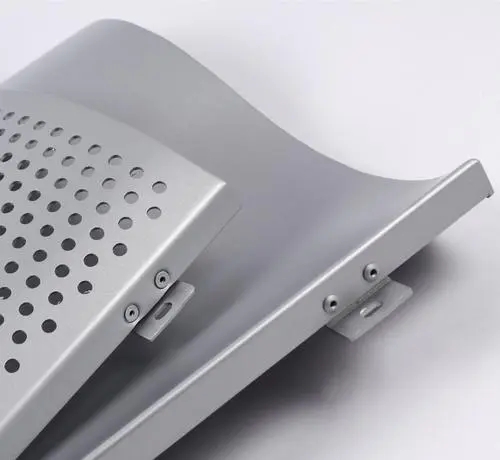
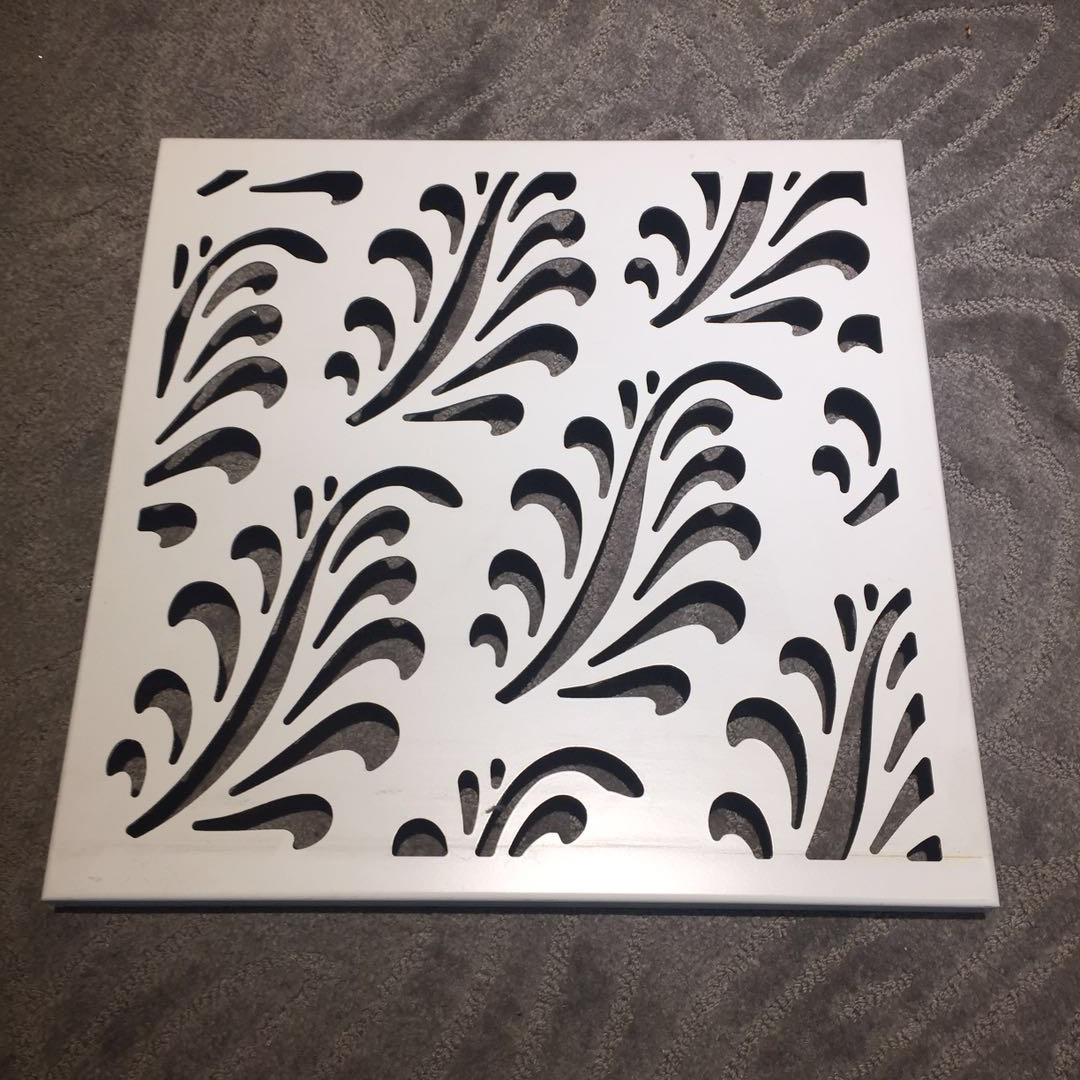

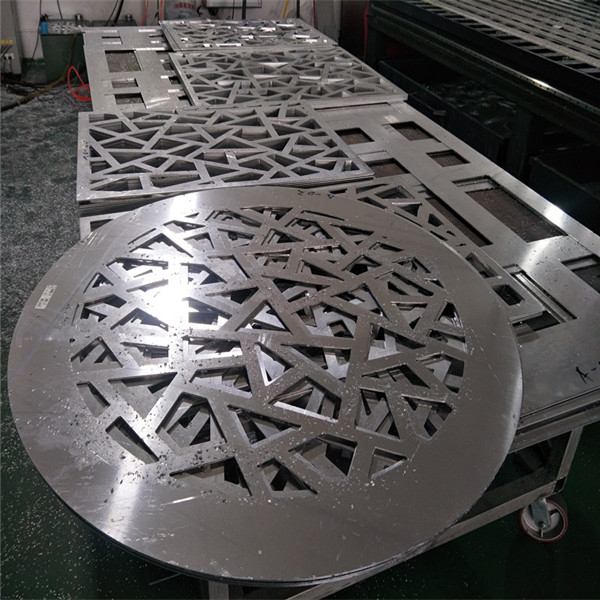
 Customer service QQ
Customer service QQ